When we think of the humble lime, it’s hard not to compare it to its popular and pervasive cousin, the lemon. Yet, in recent years, growing lime trees at home (whether in containers or the garden) has become an increasingly widespread pastime. For a good reason, considering how easy they are to look after.
Lime trees prefer warm, moderate climates that fall within US hardiness Zones 9 through 11. In areas prone to winter temperatures below 50F, it’s best to grow lime trees indoors. While they are not particularly susceptible to ill health, they require good growing conditions to set fruit.
Full sun and well-draining soil are a must for these plants, as is how they are planted. Once established, a lime tree will thrive and bear fruit annually, even if it’s growing indoors. Let’s take a detailed look at what it takes to grow and care for lime trees.
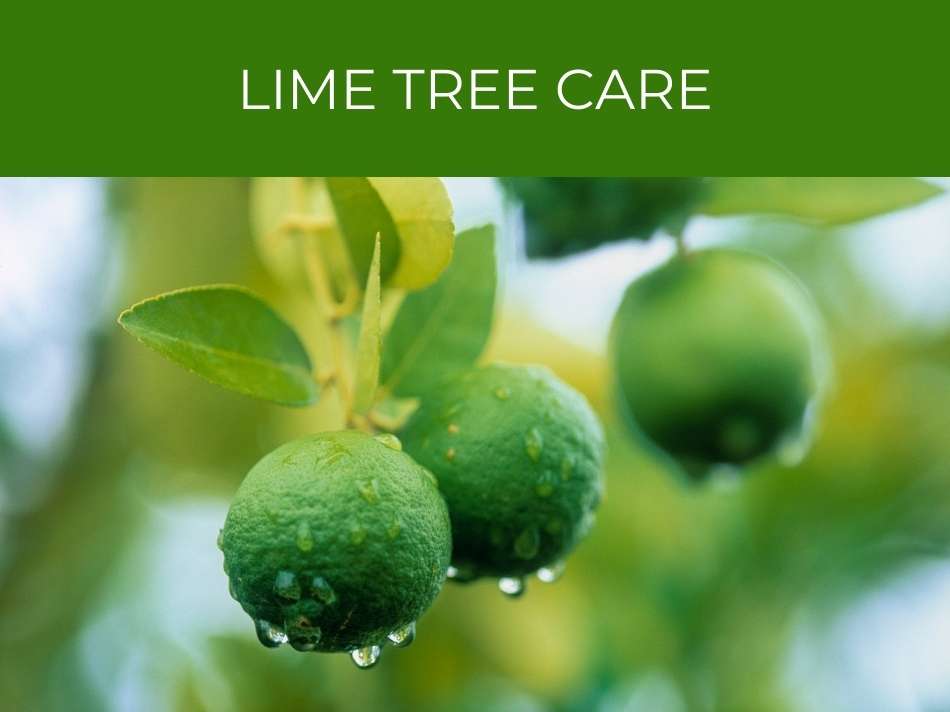
Lime tree care
Growing citrus can be daunting, especially considering there is no guarantee that they will set fruit (if that is your goal).
Of the more acidic citrus, lime trees are among the least cold tolerant and will have difficulty surviving harsh winters.
Fortunately, they are hardy in almost every other respect, and they don’t require much effort in terms of maintenance.
Occasional pruning and fertilizing, frequent watering, and access to sunlight are sufficient for lime trees to thrive.
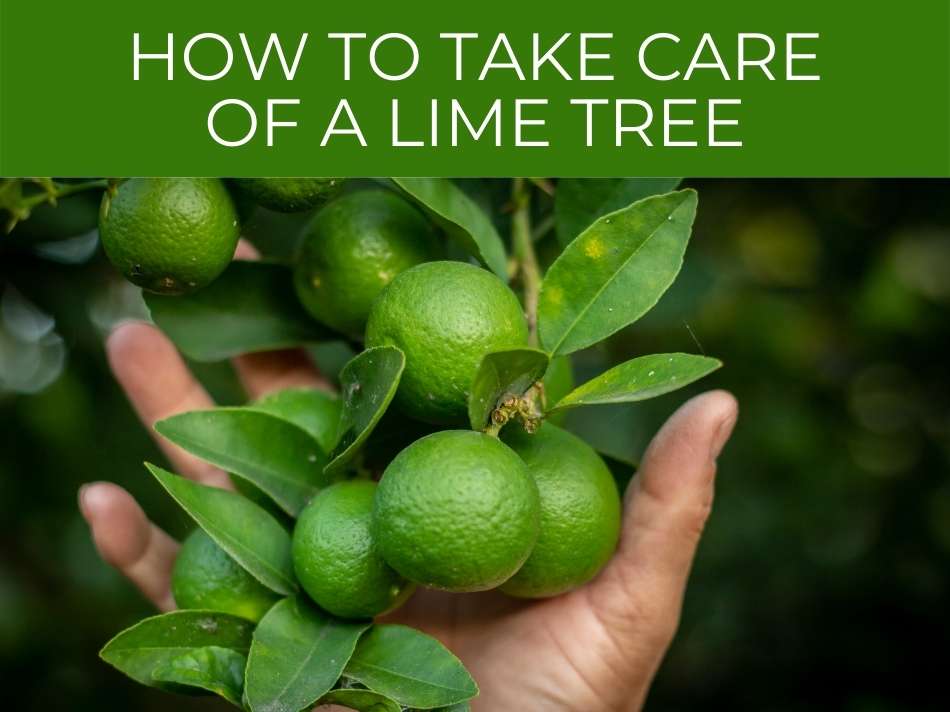
How to take care of a lime tree
When caring for lime trees, three key factors are essential: watering, feeding, and protection from temperatures below 50F. Lime trees need to be watered regularly, and their soil must be kept moist, but not soggy.
That being said, if they receive too much water, they may contract root rot, whereas, with too little, they’ll experience leaf drop.
The best way to go about watering lime trees is to keep to a regular schedule and ensure they don’t stand in pooling water (especially indoors).
Concerning fertilizer, a lime tree can be treated to a nitrogen-rich feed once in the spring and twice in the summer before and after harvest.
Finally, protection from frost and harsh winds is crucial for outdoor limes.
They cannot tolerate colds below 50F (10C).
Mulching may help, but it’s best to overwinter lime trees indoors if you suspect the temperature will dip close to freezing.
See our full guide to lemon tree flowers (and problems & fixes).
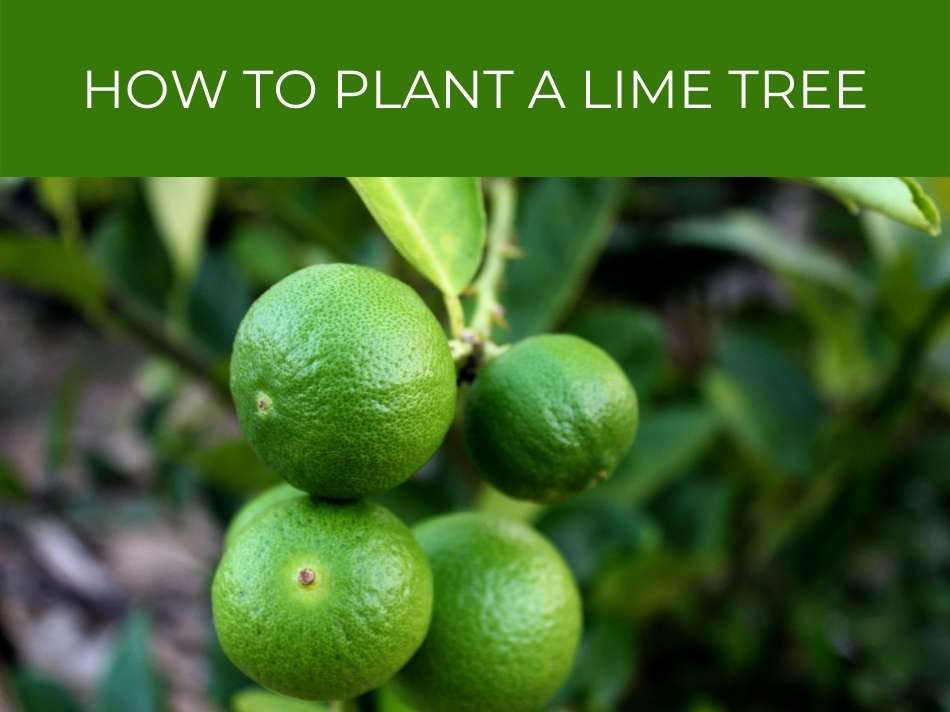
How to plant a lime tree
If you’ve just returned from the nursery lime tree in tow, you may be wondering where and how to plant it.
Whether you intend to grow your lime tree outdoors or inside in a planter, the planting rules are just about the same. For outdoor planting, select a spot that receives plenty of sun (a minimum of six to eight hours per day), and that is sheltered from too much strong wind.
If you can manage it, the southern sun is best.
Once you’ve selected your spot, make sure the soil in which you’ll plant your tree is of good quality and well-draining.
Good soil is everything when it comes to lime trees, as they are prone to root rot when overwatered.
If necessary, amend the soil with compost, manure, or a new topsoil layer.
When you’re ready to plant, dig a hole twice as wide and equally as deep as your new tree.
Spread the roots out in the hole but then pack the soil down firmly around your planted lime tree to prevent air pockets from forming within the ground.
Water your lime tree thoroughly and consistently while it settles.
For indoor limes, follow the same planting procedure but make sure you use a good-quality (well-draining) potting soil.
(Your choice of soil is important, read why here.)
Your planter must have plenty of draining holes, and if you wish, adding a layer of gravel will help distribute moisture at the base of the pot.
Indoor limes should be close to south-facing windows that receive plenty of sun all day.
For planting lemon trees, check out our complete guide.
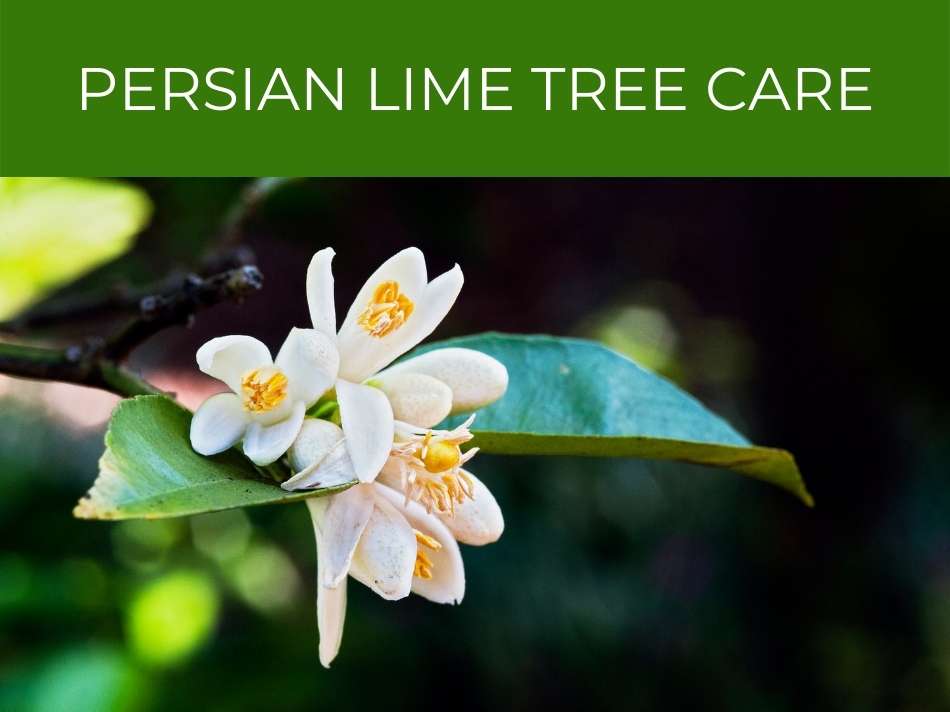
Persian lime tree care
The Persian lime (Citrus × latifolia) is a lime species cultivated by hybridizing a Key lime and a lemon.
When completely ripe, its fruit turns yellow, but it is rarely (if ever) sold in this state.
Instead, we know these as the bold green limes we find in grocery stores worldwide.
Indeed, the Persian lime is the most popular lime sold commercially and is well-loved for its tart flavor, smooth rind, lack of thorns, and nearly seedless fruit.
Better yet, Persian limes are hardy, requiring minimal care and maintenance. As outlined in the section above, Persian lime trees can be cared for with frequent watering, occasional fertilizing, good soil, and plenty of sun.
Find out about a different but equally interesting lime species by checking out our article about the Kaffir lime tree here.
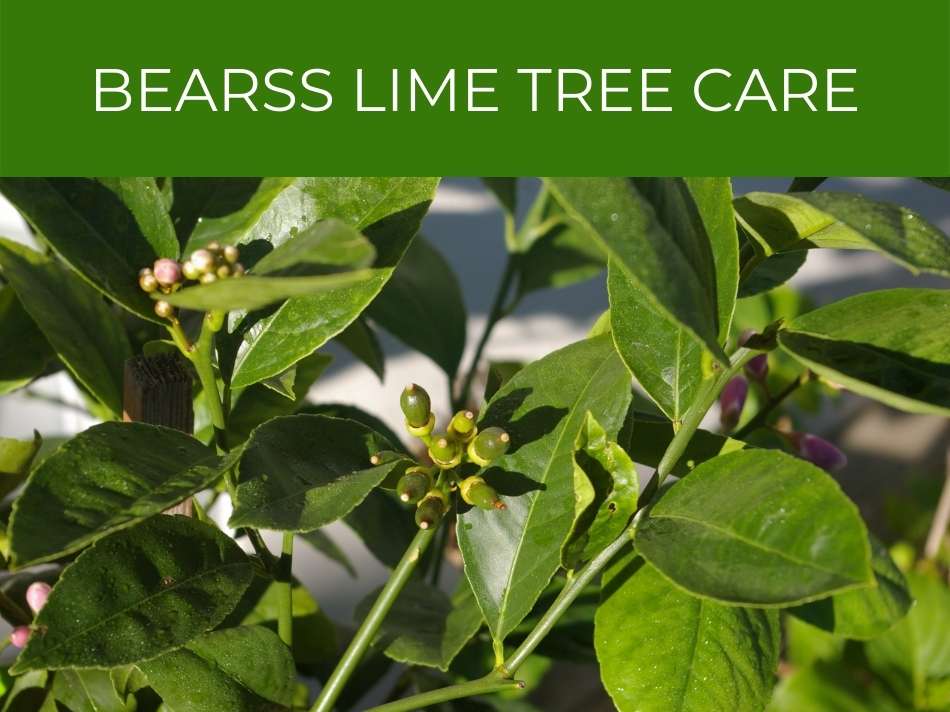
Bearss lime tree care
The Bearss lime is a cultivar of Persian lime bred by John Bearrs in 1895.
It is completely seedless, making it a popular choice in the culinary world.
Bearss limes are larger than Key limes (also known as true limes), both in tree-size and fruit-size. Their care requirements are the same as for Persian limes and most other lime varieties: maintain temperatures above 50F, keep soil moist but not soggy, & at least 8 hours sun daily.
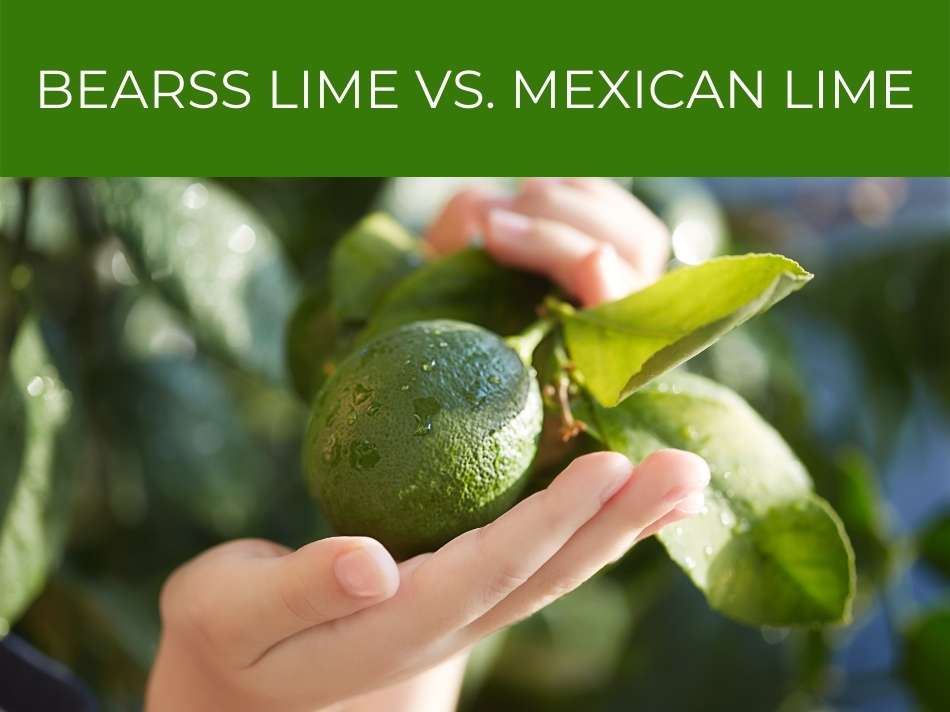
Bearss lime vs. Mexican lime
There are a few small but key differences between Bearss limes and Mexican limes.
But first, let’s look at terminology, as the names for different limes are often used interchangeably.
Persian limes are often called Bearss limes, and Mexican limes are known as Key limes or true limes. Bearss limes require less heat than Mexican lime trees to fruit, making them a better option for commercial growers. The fruit of the Bearrs lime tree is bigger, with a thicker skin and a slightly sweet-bitter taste.
Mexican limes are smaller, darker in color, have thinner skin, and are incredibly tart.
The trees of Mexican limes are full of thorns, compared to Bearss lime trees, which are much bigger and almost thornless.
Bearss fruit lasts for longer in storage than Mexican limes.
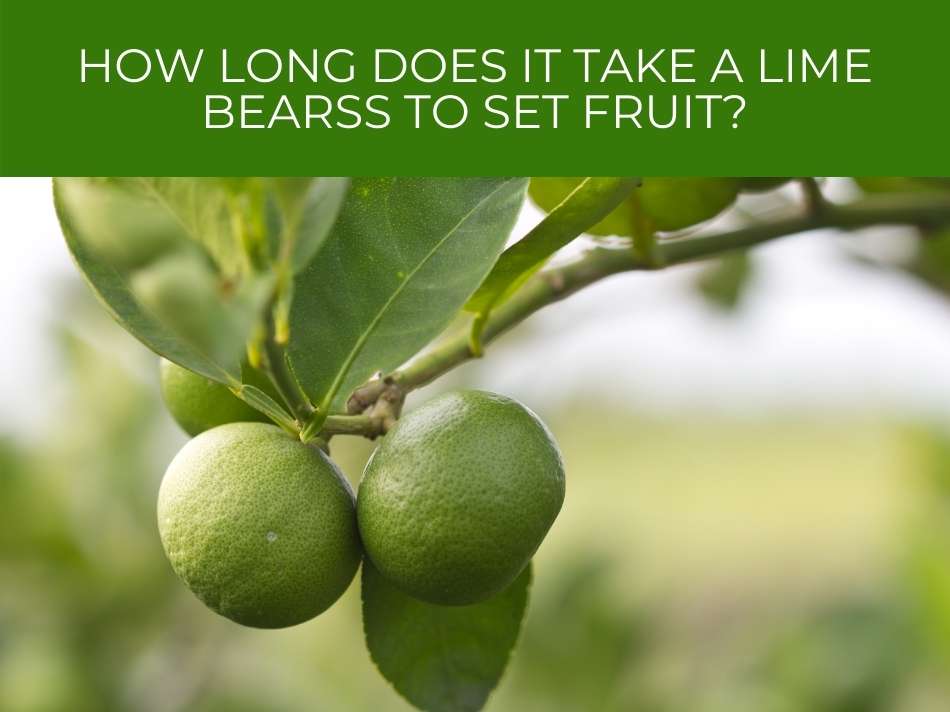
How long does it take a lime Bearss to set fruit?
It can take 6 – 9 months for Bearss lime trees to fruit, ripening between October and December.
In spring (March to April), they will show off their beautiful white blooms.
From these, buds are formed, which eventually become limes if pollinated.
Lime trees that are looked after properly will produce a bountiful harvest over several months.
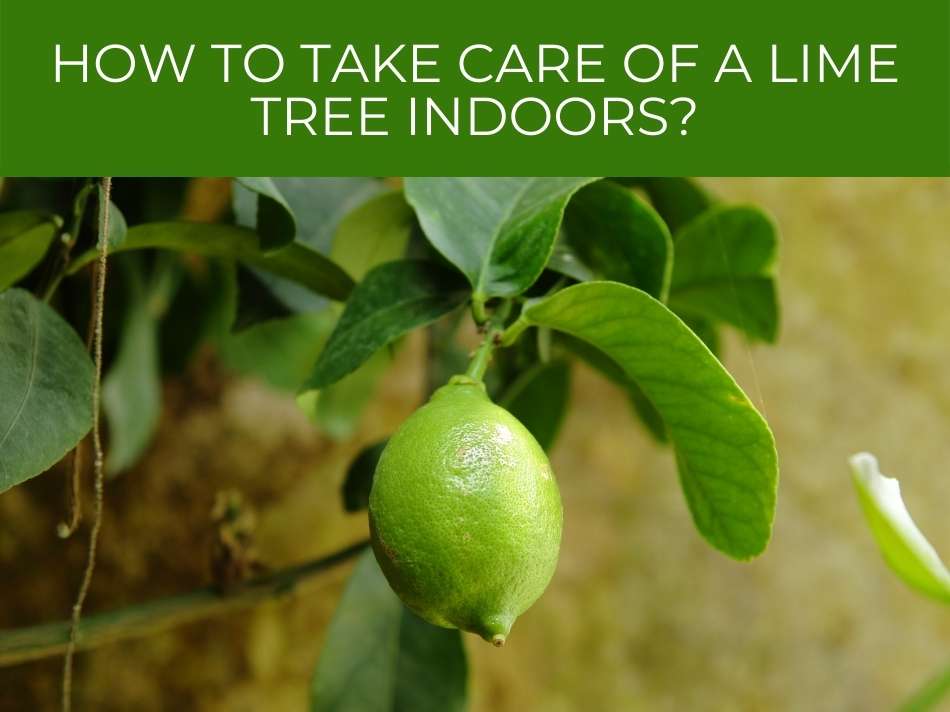
How to take care of a lime tree indoors?
As mentioned, lime trees grown indoors should be kept near south-facing windows so that they can receive plenty of sunlight–ideally 8 hours per day. Lime trees require well-draining soil that is kept moist but not drenched.
It is recommended to use a grow light as a supplementary measure for darker days in the colder months.
Good airflow and moderate humidity go a long way to keeping indoor lime trees happy and healthy.
Want to grow lime trees from seed? Read our article on how to build a greenhouse indoors.
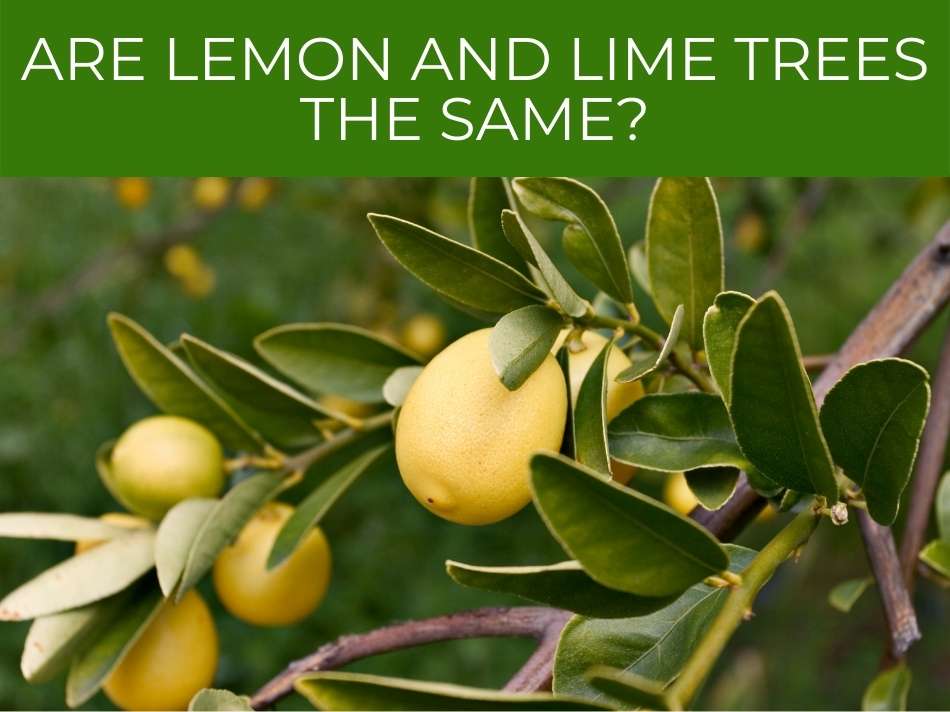
Are lemon and lime trees the same?
While closely related, lemon and lime trees are not the same. They have different fruits and scents, and their essential oils differ in compounds. Furthermore, lemon trees have much bigger leaves (5 inches) than lime trees (2 inches).
In terms of appearance, lemons are yellow, whereas limes are mostly green.
The skin of a lemon is also usually rougher and thicker than the skin of a lime.
While their blossoms can look the same, the leaf size is usually a dead giveaway.
See our full article on how cold lemon trees can tolerate.
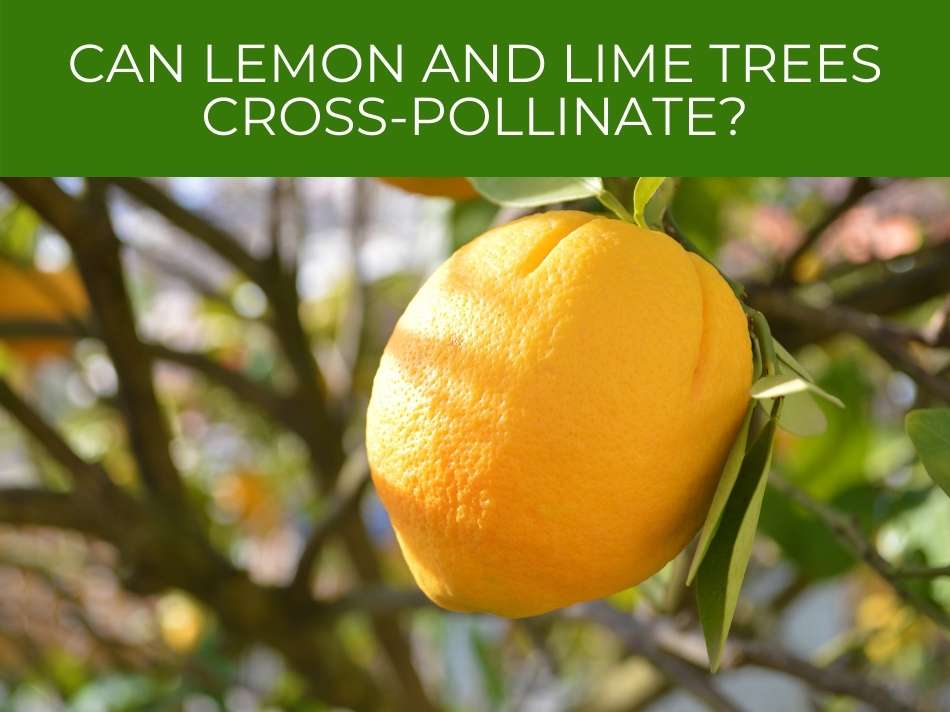
Can lemon and lime trees cross-pollinate?
As they’re part of the same overall genus, lemons and limes can cross-pollinate. In fact, if grown close to one another, it’s quite likely. While cross-pollination will not affect the fruit of either tree of the parent plants, it may affect their seed going forward.
This means that cross-pollinated seeds may turn into trees that produce fruit with mixed characteristics of both parent plants.


